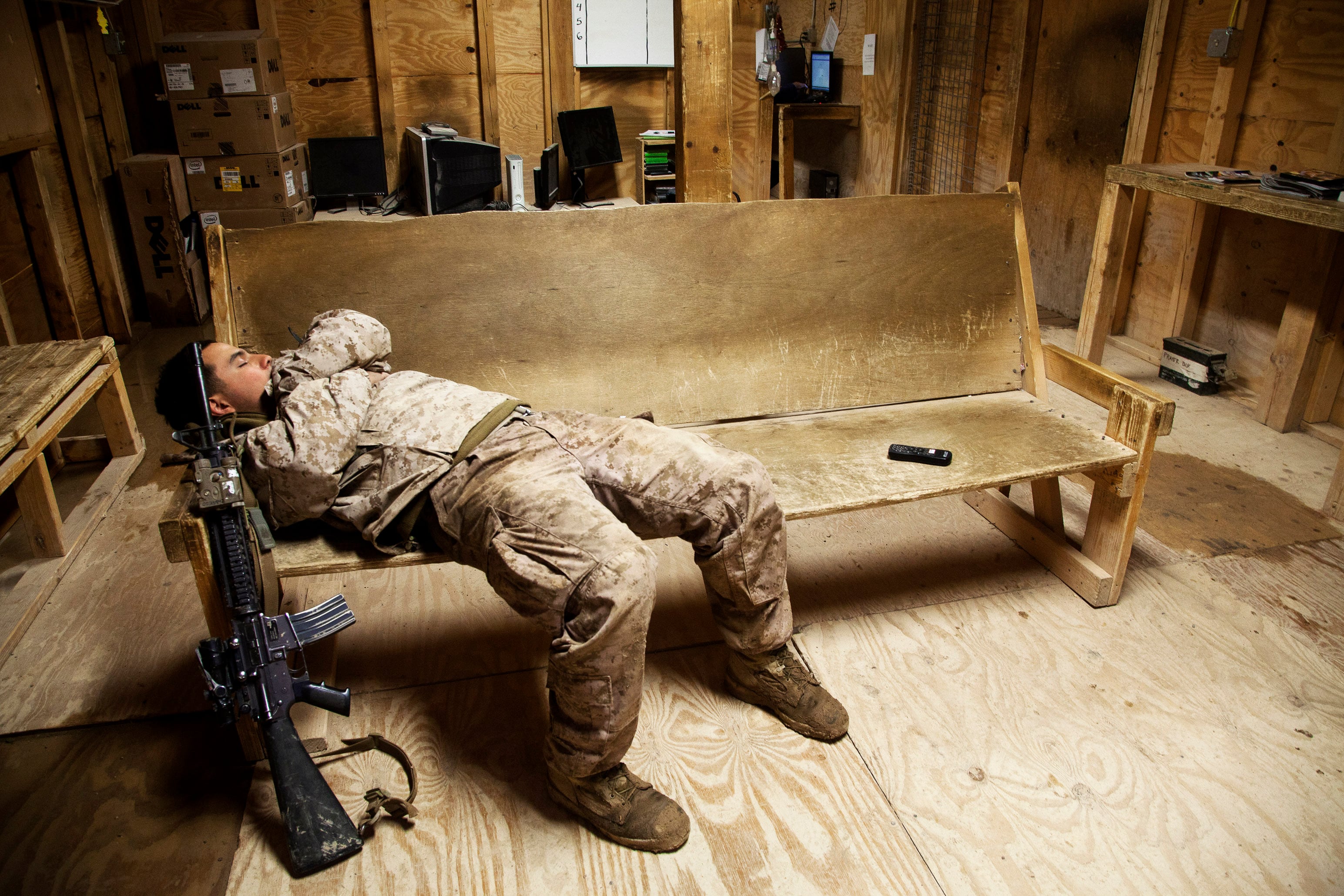The cost of caring for veterans who served in Iraq and Afghanistan could top $2.5 trillion by 2050, creating tough financial decisions for both the veterans community and the entire country, according to a new analysis by the Costs of War Project released Wednesday.
“The wars in Iraq and Afghanistan have created a veterans care crisis, with disability rates soaring past those seen in previous wars,” said Harvard University professor Linda Bilmes, lead author of the new estimates.
“This will take a long-term toll not only on veterans, but the U.S. taxpayers that will bear these costs for decades to come.”
The latest analysis of the costs of veteran care in coming decades is roughly $1 trillion over previous estimates by the group. Researchers cited “more frequent and longer deployments, higher levels of exposure to combat, higher rates of survival from injuries, higher incidence of serious disability, and more complex medical treatments” as the reasons for the higher price tag.
RELATED

The group also noted that the increased demands are already putting pressure on the federal budget.
In fiscal 2001, before large-scale U.S. deployments to Afghanistan, mandatory veterans spending accounted for about 2.4 percent of annual federal spending. By fiscal 2020, that jumped to 4.9 percent, even as the number of veterans in America dropped from about 25.3 million to 18.5 million.
“The majority of the costs associated with caring for post-9/11 veterans has not yet been paid and will continue to accrue long into the future,” the report states.
“As in earlier U.S. wars, the costs of care and benefits for post-9/11 veterans will not reach their peak until decades after the conflict, as veterans’ needs increase with age. This time around, veterans’ costs will be much steeper.”
About $900 billion of the estimated costs will be for direct medical care by Veterans Affairs physicians and contractors. All post-9/11 veterans are entitled to five years of free medical care through VA, while individuals with significant service-connected injuries can qualify for lifetime care.
RELATED

The group estimates another $1.4 trillion for disability benefits payouts. Researchers also estimated about $100 billion in additional spending for VA staff to keep up with the increased demands of veterans care.
Past analyses by the group have estimated that about 3 million veterans served in the wars in Iraq and Afghanistan, either in direct combat deployments or support roles. The median age of the group now is just under 37 years old.
The new report comes as the United States completes its full withdrawal from Afghanistan ahead of the 20th anniversary of the Sept. 11, 2001, attacks which prompted the start of the war on terror.
“As the U.S. tries to close this chapter in its military history, an entire generation of veterans and families will not be able to do so,” the report states. “The cost of these wars in blood, toil and treasure will endure for the next half-century.”
The full report is available on the project’s web site.
Leo covers Congress, Veterans Affairs and the White House for Military Times. He has covered Washington, D.C. since 2004, focusing on military personnel and veterans policies. His work has earned numerous honors, including a 2009 Polk award, a 2010 National Headliner Award, the IAVA Leadership in Journalism award and the VFW News Media award.




